From Animal Lover to Scientist: Lauren Lyon Shares the Opportunities and Challenges Faced in Her Career
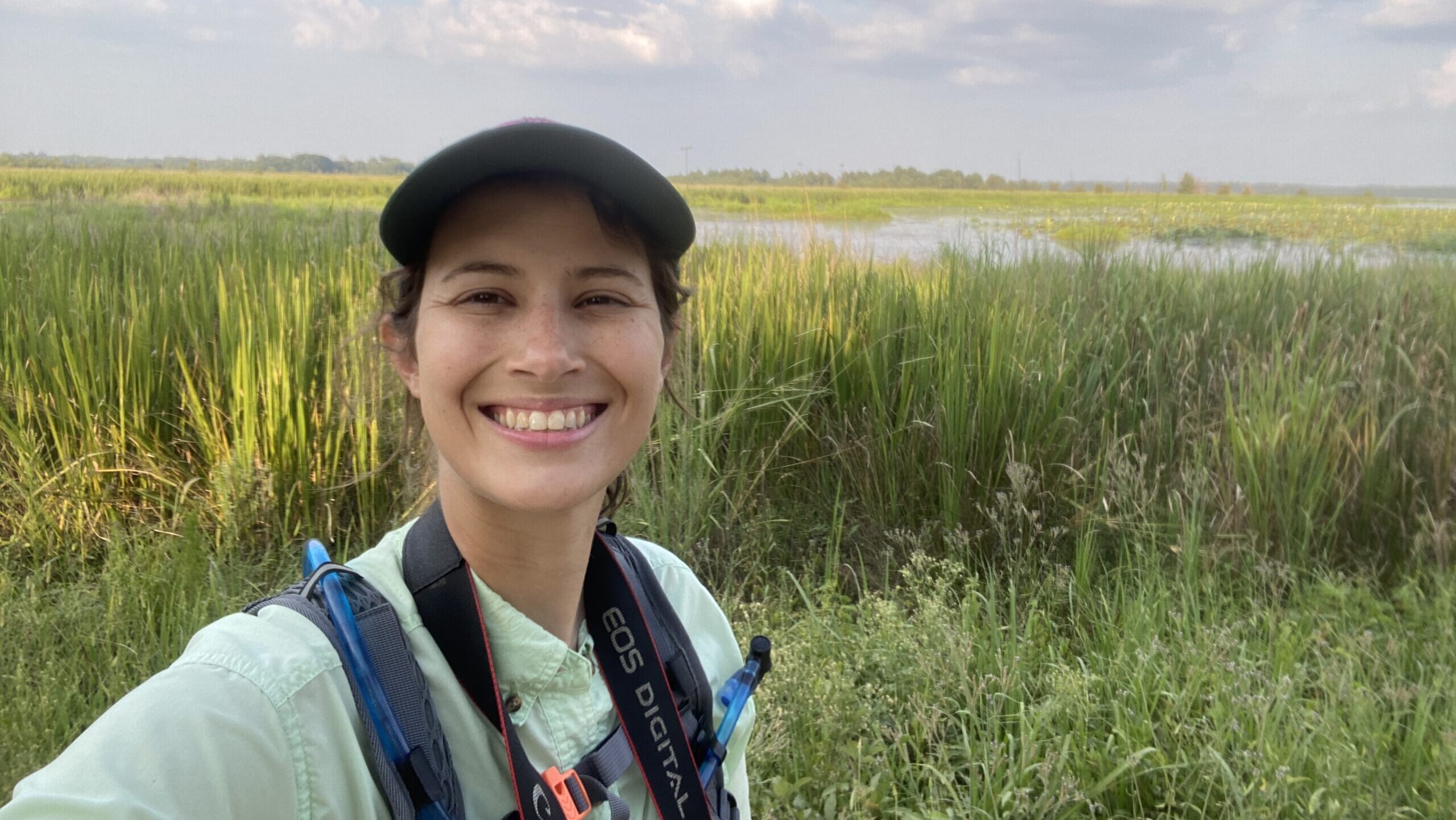
The following reflection piece was written by 2022-23 SE CASC consortium member student Lauren Lyon. In this web post, Lauren shares her path to becoming a recipient of the Science to Action Fellowship (S2A) and the Directorate Fellowship Program (DFP).
My background and position
If I asked you to picture a mammal in your head found anywhere on earth, what would it be? Would it be a charismatic zoo animal, such as a rhinoceros, elephant, tiger, or primate? If so, this is good, because it means that zoos are doing their job in raising awareness and conserving rare and flagship species!

Proportionately if we went by species numbers, the odds should be that you pictured a species of “rat”, bat, or shrew given that over 70% of mammals fall within the respective Orders Rodentia, Chiroptera, and Soricomorpha. Given the enigma and sometimes negative attitudes towards these animals, or even lack of awareness of the existence of some of them, one of my goals has been to highlight these elusive critters and their importance in nature. I have found that just increasing someone’s understanding and facilitating positive experiences can go a long way in fostering appreciation and respect for the world around them. One big takeaway from all of this is that “it takes a village” when it comes to conservation, and even little efforts such as planting a native plant on your balcony or in your yard, can make a big difference. I also want people to know that they don’t have to be scientists to make a positive impact, as I myself just pursued my interests and passion and ultimately just stumbled into this field. I hope that in sharing my experiences, I can inspire others to help where they can and follow their interests.
Originally, I am from a small town outside of Chattanooga, Tennessee, and I was exposed to wildlife and the natural beauty of the world from a very young age thanks to my parents. What started as merely catching frogs and learning birds in the neighborhood eventually evolved into my volunteering at the Tennessee Aquarium during high school, which only fueled my love for outreach and conservation. When I was in college at the University of Tennessee at Chattanooga as a Biology major, I transitioned to a volunteer zoo keeper assistant and animal encounter educator at the nearby Chattanooga Zoo.
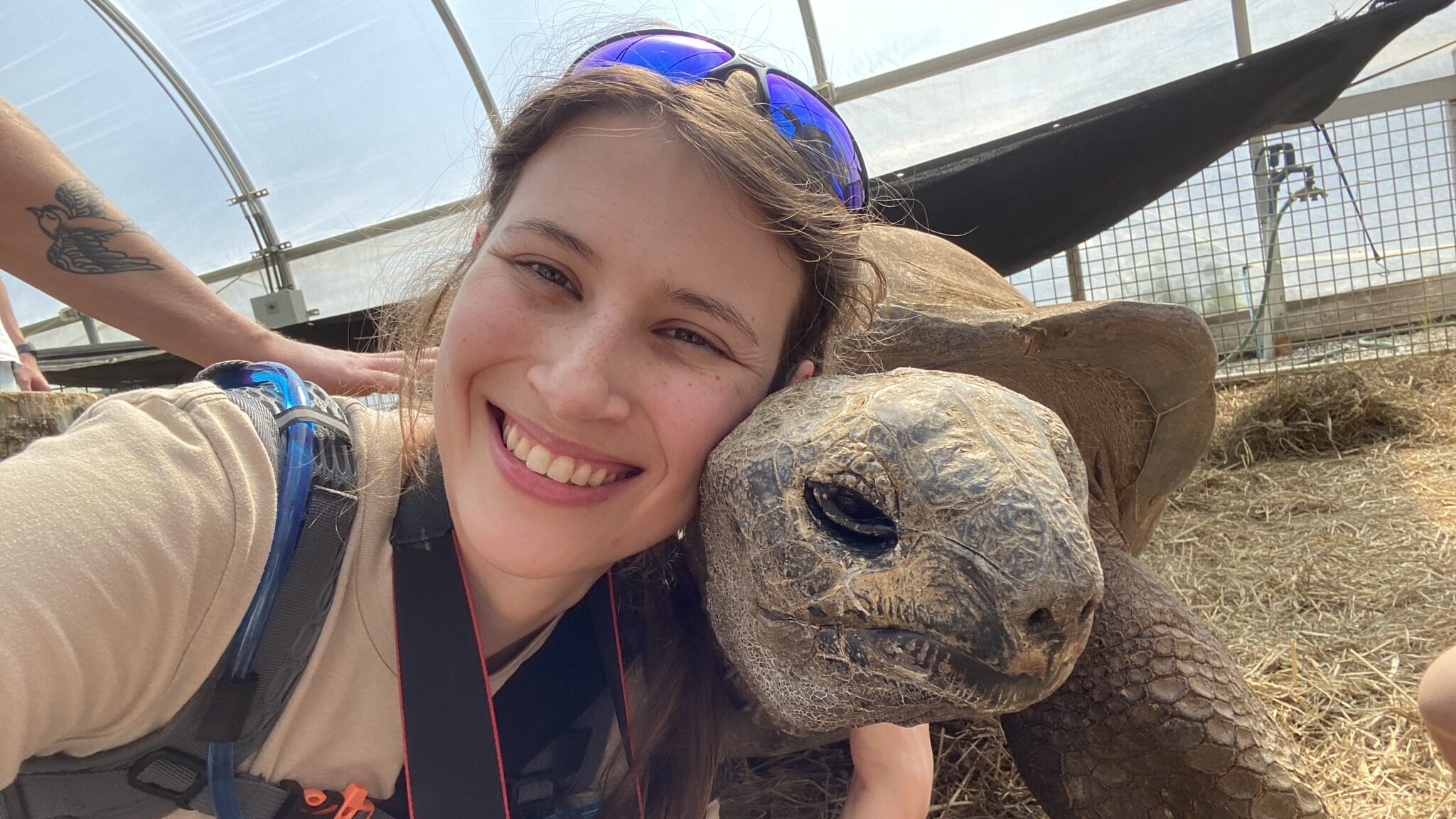
I continued to work with a number of exotic and charismatic species, and later pursued a Master of Science in Geosciences at East Tennessee State University focusing on the effects of climate change on red pandas and collaborated with Zoo Knoxville, one of the most successful breeding programs of red pandas in the world. Though collaboration with zoos on such charismatic exotic mammals continues to this day (often thanks to the help of Dr. Steven Wallace and his lab), I really wanted to return to my roots for my dissertation in the Department of Ecology and Evolutionary Biology at the University of Tennessee at Knoxville. Right now my research focuses on the mammalian species of greatest conservation need in my own backyard, the Appalachian Mountains. My dissertation work highlights areas in the Appalachians that might be safe from climate change (or at least changing at a slower rate= climate refugia). A number of previous studies had focused more broadly on the Eastern United States or on a wide array of taxa by the year 2070, but as a landowner (along with my partner) in the Blue Ridge Mountains, I was more concerned of losing species immediately, particularly those with a very northern distribution that make it down into the southern Appalachians (e.g. red squirrels, rock voles, allegheny woodrats) and narrow-range endemics found nowhere else on earth, like the Appalachian Cottontail Rabbit.

Fortunately, there is a high degree of overlap in species richness for terrestrial life in the Appalachians; meaning certain areas are critical and protection of those ecosystems will benefit all taxa, not just mammals.
The USGS CASC Science to Action Fellowship Application and Mentor Pairing
While writing, coding, mapping, and staring at my computer monitor at 2 AM, and contemplating the meaning of life and my choice to go to graduate school, I decided to check my email. I noticed one from a faculty member in our department, Dr. Paul Armsworth, advertising a fellowship designed to incorporate policy into practice through the US Geological Survey’s Climate Adaptation Science Centers (USGS CASCs). After reading about this opportunity and seeing how closely my research aligned with CASC goals I knew I had to apply for this Science to Action Fellowship. I was quickly invited to submit a full proposal after an initial “pre-proposal” stage and was matched with a USGS mentor from the Northeast CASC (NE CASC), Dr. Toni Lyn Morelli. In the end, I am not sure who matched me with Toni Lyn, but they have my eternal gratitude as she is one of the most positive influences I have had in my career. In addition to being brilliant, she is very down to earth and brings a great energy to the room; she’s definitely a positive role model for a number of us and even post-fellowship I strive to stay involved and attend her lab meetings. I had cited a number of her papers on climate change refugia, given her work in the Sierra Nevadas and northern Appalachians, as well as read her translation ecology papers in my weekly lab meetings with my dissertation advisor, Dr. Mona Papeş. It really was a great mentorship pairing and spanned the work I was conducting on the South-Central Appalachians and the work Toni Lyn was focused on in the Northern Appalachians. Additionally, the project involved a collaboration between two CASC regions: NECASC and the Southeast CASC (SE CASC). I was cautiously optimistic submitting the final proposal to the Science to Action committee but with guidance from Mona and Toni Lyn I was awarded one of the two fellowships ultimately changing my career path for the better.
SE CASC Field Intensive 2022
I started work on my fellowship over the summer, working closely with Toni Lyn to start preparing for a fall workshop to bring major stakeholders and practitioners in the Appalachian region together for a discussion of topics on climate change and resources needed to make their lives easier. In the meantime though, another email came out from Paul, our USGS consortium liaison for the SE CASC, and mentioned an opportunity to attend a 2022 Southeastern CASC “Field Intensive” in August. Before I knew it I was headed to the Duke University Marine Lab in Beaufort, North Carolina for a week to learn about coastal resilience, climate change, and the effects on the ecosystems and local communities in the region. The ~20 of us students attending from across the SE CASC region got to know each other while attending presentations and team building exercises on: Actionable Science, Tribal Engagement, Community Engagement, the Science Behind Climate Change Models, Grasslands of the Southeast, Science Communication, Co-Production, and Sea Level Rise. Interspersed with these events were hands-on field trips where we could meet the community leaders, stakeholders, and practitioners in the region ranging from non-profit organizations to USDA Forest Service, with trips to: The Rachel Carson Reserve, Harker’s Island Core Sound and Waterfowl Museum, Cape Lookout National Seashore, Croatan National Forest, and Bogue Sound. This whole experience was once in a lifetime for me and really allowed me to gain perspective on just what it meant to be a Science to Action Fellow. It also helped me realize the importance of being a team player if we are to achieve climate resilience, so I must give a specific shoutout to Michelle Jewell, Cari Furiness, and Aranzazu Lascurain in particular for helping me to see this. Interspersed with these musings and simply absorbing such a unique ecosystem, I made a number of friends and we all bonded over trips in the evening to downtown Beaufort, late night fishing from the docks, and breakfast seaside with the local pod of bottlenose dolphins playing while the horses on the adjacent island ran along the beach.
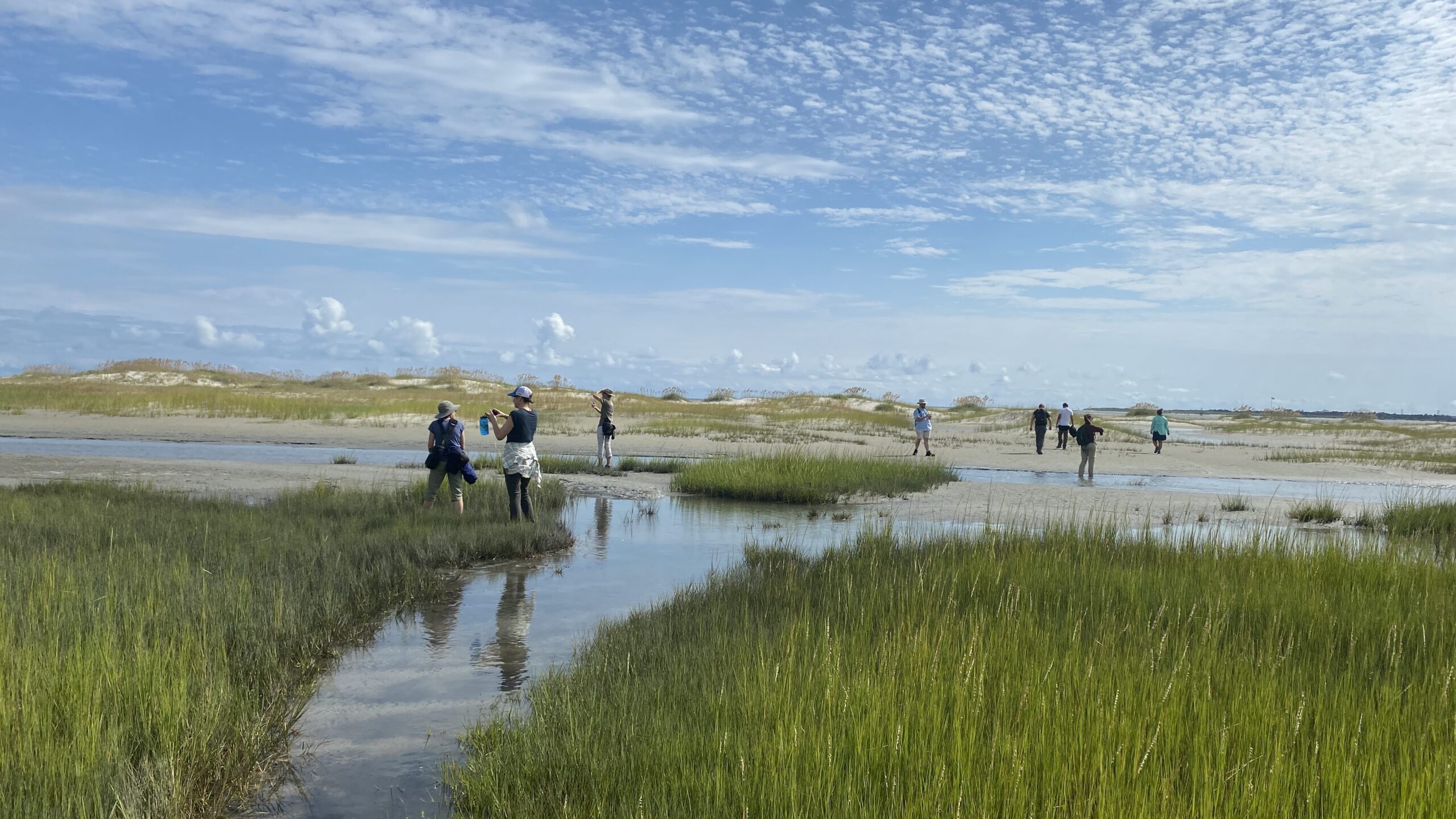
Science to Action Fellowship Findings and Products
Upon my return to Tennessee, I had a new perspective and had taken enough lessons on co-production and translational ecology, as well as audience communication, to be able to host a Climate Change Refugia of the Appalachians Virtual Workshop on October 5th. We reached out to a number of key players in the region ranging from non-profits such as the Audubon Society and The Nature Conservancy to State Wildlife and Resource managers and the Eastern Band of Cherokee. Prior to the meeting, we polled individuals to gauge their interest, expertise, and involvement in climate change mitigation, as well as how it affected the management strategies of the individual entities. Post-meeting we sent a follow up survey to gauge interest in recommendations and materials, as well as additional concerns or comments as to how we as academics and the USGS could better support their operations. Of the entities that participated, the three biggest concerns were: increasing maximum temperatures, invasive species spread, and droughts. The biggest obstacles found in the way of climate adaptation in the Appalachians according to our participants were: funding, support, personnel capacity, habitat fragmentation and connectivity on the landscape. We also created breakout rooms post-discussion and presentation for practitioners to be grouped with partners they wouldn’t normally interact with to foster new collaborations and the sharing of new ideas. The results of this workshop were then utilized to produce the following story map with access to the aforementioned resources based on the responses of practitioners.
Wrap-Up and Post-Fellowship
Overall, the experiences afforded me by the USGS Science to Action Fellowship are something that was life changing and I feel very fortunate to have experienced. I am now a mentor for the 2023 cohort and I sincerely hope that they can have a similar journey that offers them as much personal and professional growth that I have experienced in the past year. The positive influence this fellowship, the mentors, and the leadership at the SECASC have afforded me has changed my career trajectory forever more. In fact, given that I had such a profound positive experience, I was all too eager to apply the following year (2023) for a different fellowship that Paul sent out to our department, the Directorate Fellowship Program (DFP) through the US Fish and Wildlife Service. As far as careers go, Paul really is the unsung hero and deserves a shoutout for how much he has helped guide me and reach my full potential, and he has my eternal respect and gratitude for his help and mentorship.
USFWS Directorate Fellowship Program Summer 2023
The Directorate Fellowship Program (DFP) is a 12 week long paid summer internship designed to recruit students traditionally underrepresented in USFWS and expose them to work with the federal government. I submitted my application and was fortunate enough to be selected to interview for 4 positions. We then ranked our picks and the interviewers did the same. I was incredibly tempted by all of the interviewed positions and tried to weigh the pros and cons of each as well as networking opportunities in what was an incredibly difficult decision (actually I found it harder than selecting a graduate school!). However, in the end I selected to work with the Lower Mississippi Valley Joint Venture. Part of this was due to wanting to gain experience working with birds, a major group of animals I had yet to work with, and another reason was the interaction between team members during my interview. Something about this group really stood out and they gave off really good team energy. I had read about the Joint Ventures and also enjoyed the partnership and stakeholder engagement aspect as it was similar to what I had done with the CASCs and USGS Science to Action Fellowship. Additionally, it was a remote position within the Science Applications/Migratory Birds Program, one along with the Ecological Services program, that I was particularly interested in. For this project I was to conduct an extensive literature review and pull together a conceptual model with feedback from the LMVJV Waterfowl Working Group and stakeholders.
The experience began with being flown to DC to make the journey to the National Conservation Training Center in Shepherdstown, WV, where we would meet the rest of our May cohort. It was an amazing week on beautiful grounds filled with wildlife and hiking trails to be used in the mornings and evenings around daily sessions where we learned about: the purpose, mission, branches, and leadership of the Fish and Wildlife Service and Department of the Interior, goals and expectations during the fellowship, and federal resumes among other topics. We also met daily with smaller cohorts and our USFWS mentors who were all lovely bunches of people and listened to inspirational speakers who all had messages of hope, which was very refreshing and invigorating. One of my favorite activities however, was one afternoon we engaged in a service project on the grounds and gave back to the land and the next generation, which really tied into what inspired me to become involved with the USFWS. We spent a good portion of the morning with half of the cohort planting pollinator gardens and the rest of us clearing away invasive species and improving habitat diversity. In my humble opinion, working on the land and being in the field is one of the best team exercises and really brought a lot of us closer together. I was sad to leave that week. We boarded the buses early in the morning with goodbyes and well wishes from a former DFP turned National Program Coordinator and true NCTC standout on the leadership team, Lois Johnson-Mead and were all off to begin our journeys with the USFWS.
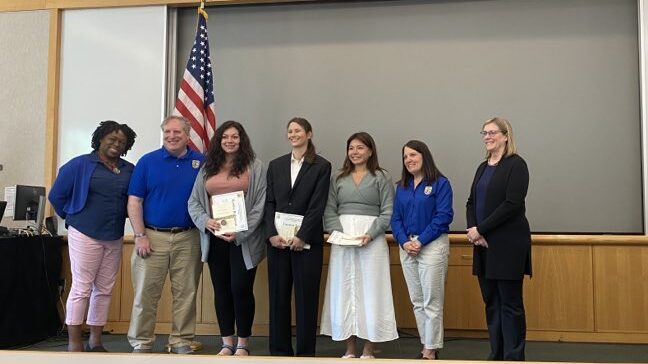
My position was remote, so I traveled back home with my government laptop in tow and my PIV card, and began to work on my fellowship project for the LMVJV. Overall, my supervisor and the JV group were incredibly supportive throughout the entire process, and I greatly appreciated the mentorship they provided me. Even though I was remote working on a literature review to identify priority wetland complexes for waterfowl in the region, the LMVJV group helped me travel to see how a wildlife refuge was managed and meet up with some of my fellow DFPs at Hatchie National Wildlife Refuge in west Tennessee. I have to give a shoutout to Heath Hagy here for his vast knowledge on waterfowl and for giving us an amazing tour of the refuge. Finally, I spent a week in beautiful Jackson, Mississippi meeting with waterfowl working group members and Ducks Unlimited staff to gain perspective on challenges and successes in the region. When not in meetings and discussion groups, we spent part of the morning traveling to view various wetland complexes in the region, which was important as a modeler should be familiar with their study system.
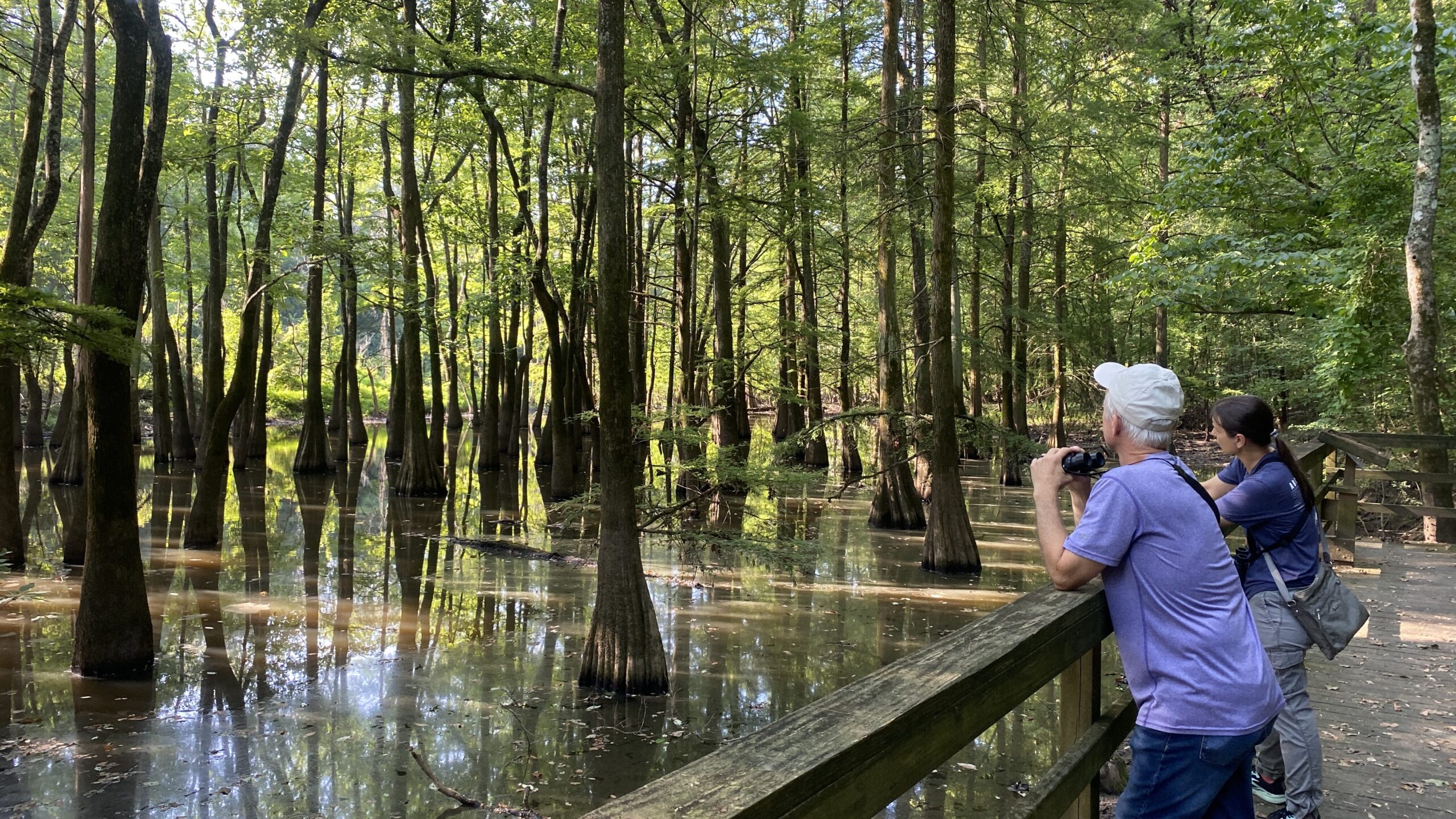
It was also nice to interact with my team in person, as with the Hatchie NWR visit, and it really meant a lot to me that my team made the trip happen to begin with. Huge thanks to LMVJV coordinator Keith McKnight for his support and mentorship during the fellowship, Anne Mini with the LMVJV through the American Bird Conservancy for her countless hours of help, and Blaine Elliot for contributing his GIS expertise whenever I would become stumped. I honestly cannot say enough positive things about this group of people and how passionate they were about conservation and working as a conservation team. The end of the fellowship approached far too quickly, but overall, I think we came up with a conceptual model everyone was happy with and I presented it to leadership in Region 4 to conclude the fellowship.
Fortunately, the experience left me wanting for more, and I have been volunteering my GIS talents to the LMVJV post-fellowship to see my conceptual model to fruition. It is incredibly satisfying to know that the product that you have had a hand in co-producing is actually going to be used in decision making and benefit conservation. Currently, my LMVJV teammates are preparing to present the model at a few duck/conservation oriented conferences. We are also in the stage where we are discussing and receiving feedback on the model from the broader community and waterfowl/wetland working groups in the region as we prepare our model and rationale for publication in a conservation oriented journal. A side-benefit to this truly rewarding experience is that the fellowship has granted me direct hiring authority within the Department of the Interior upon my doctorate degree conferral (expected May 2024). I fully intend to continue on this path and pursue a federal career in conservation, and I owe a lot of my thanks to the USGS Science to Action Fellowship for opening the door for this opportunity.
More information
- The Science to Action (S2A) Fellowship promotes actionable scientific research to provide real-time solutions to climate change impacts on the environment and ecosystems. Statements of interest are due January 18, 2024 for the 2024 Fellowship year. Application guidelines can be found here.
- The Directorate Fellows Program (DFP) is a USFWS direct-hire program to increase diversity by recruiting females, people of color and other students from underrepresented populations among our staff. For information about the Directorate Fellows Program, please email connect@fws.gov. Learn more about career opportunities at USFWS here.
- Categories:
